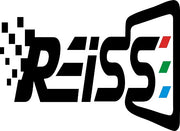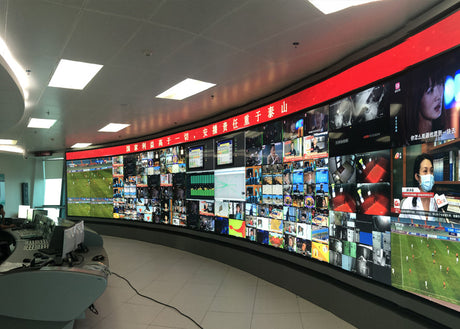Key points for choosing LED display:
- Display effect: Choose a high-resolution and brightly colored LED display.
- Brightness and contrast: Consider the brightness and contrast levels of the LED display.
- Reliability and durability: Choose LED displays that have passed quality testing and are reliable and durable.
- Energy saving and environmental protection:Choose an LED display with low energy consumption and environmental friendliness.
- Customizability: Consider the size, shape and installation method of the LED display.
- System compatibility and ease of use: Ensure that the LED display is compatible with existing systems and equipment and has a user-friendly operating interface.
- After-sales service and support: Choose suppliers with good reputation and perfect after-sales service.
Frequently Asked Questions:
Q: What is the ideal pixel pitch for indoor LED displays?
A: The ideal pixel pitch for indoor LED displays depends on the viewing distance.
Q: Can outdoor LED displays be used indoors?
A: Yes, outdoor LED displays can be used indoors, but it is recommended to choose indoor-specific displays.
Q: How to ensure the service life of LED displays?
A: Follow correct maintenance habits, such as regular cleaning and appropriate heat dissipation.
Q: Can the size and shape of the LED display be customized?
A: Yes, LED displays can be customized to fit specific sizes or unique shapes.
Q: What control options are available for LED displays?
A: LED displays offer software-based control, wireless control, and integration with external control systems.
Q: Is the LED display suitable for outdoor use in harsh weather conditions?
A: Yes, outdoor LED displays are designed to withstand harsh weather conditions.
Q: What factors need to be considered when installing and maintaining LED displays?
A: Consider space requirements, installation methods, heat dissipation, and dust-proof design.
Q: What are the price factors of LED display screens?
A: Price factors include screen size, resolution, brightness, customizability, and supplier reputation.
Q: What are the maintenance and upkeep requirements for LED displays?
A: Regular cleaning, module inspection and replacement, and good ventilation are important for maintenance.
Q: What impact does the pixel pitch of an LED display have on the display effect?
A: Smaller pixel pitch allows for higher pixel density and finer image details.
Q: What impact does the gray level of the LED display have on image details?
A: Higher gray levels provide richer image details and smoother transitions.
Q: What does the refresh rate of LED display mean?
A: The refresh rate is the number of times the LED display updates images per second.
Q: What is the contrast ratio of LED display?
A: Contrast ratio is the difference in brightness between the brightest and darkest parts of the LED display.
Q: What is the power consumption of LED display?
A: Power consumption depends on size, brightness, and usage, but LED displays are generally energy-efficient.
Q: How to control the brightness of LED display?
A: The brightness can be controlled by adjusting the current of the LEDs.
Q: How long is the life of the LED display?
A: LED displays typically have a lifespan of 50,000 to 100,000 hours.










